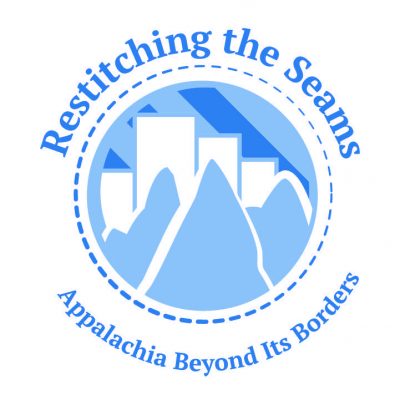Participation Type
Paper
Beyond Work vs. Welfare: Conceptions of Moral Worth in a Postindustrial Community
Presentation #1 Abstract or Summary
The sociological literature on boundary making has pointed to a widely-recognized symbolic boundary between those who work and those who draw social welfare (Lamont and Molnar 2002; Lamont 2009). Yet little is known as to how this boundary operates in communities suffering economic challenges, where unemployment rates are rising and labor force participation rates are falling. Drawing on 56 in-depth interviews and 6 months of ethnographic observation in one post-coal Central Appalachian county, I complicate the narrow work versus welfare dichotomy. I find that, in communities where welfare receipt is particularly widespread, further moral boundaries are drawn within the population of welfare recipients themselves.
Consistent with the literature, I find that people across social classes draw a primary moral boundary between those who work and those who are “on the draw.” For the working poor, employment can become an important source of pride, and self-worth is derived from juxtaposing one’s own employment with the perceived laziness of others. However, I also find that people draw a secondary moral boundary between those who receive their benefits for legitimate reasons and those who receive their benefits under false pretenses, as well as a tertiary moral boundary between those who use their benefits for legitimate purposes and those who use their benefits for illegal or dishonest purposes. For those who receive social welfare benefits, self-worth is derived from justifying one’s honest receipt and use of those benefits, juxtaposed with moral offenders who are “cheating” the system on one of those two dimensions.
Furthermore, I find that these boundaries shape the patterning of social support. Willingness to offer financial assistance, to vouch for someone to an employer or landlord, or to extend trust all hinge on the perceived place of the recipient according to these boundaries. In a community where institutional resources for social support are low, this informal social support gains even greater importance for well-being. Therefore, understanding how these symbolic boundaries operate sheds light on why families might remain vulnerable, despite possessing dense social networks.
At-A-Glance Bio- Presenter #1
Kristina Brant is a PhD student in Sociology at Harvard University and a Doctoral Fellow in the Multidisciplinary Program in Inequality and Social Policy at the Harvard Kennedy School. Her dissertation research uses longitudinal interviews and ethnographic observation to better understand the growing rates of grandparents raising grandchildren due to parent addiction.
Conference Subthemes
Economic Development
Beyond Work vs. Welfare: Conceptions of Moral Worth in a Postindustrial Community
The sociological literature on boundary making has pointed to a widely-recognized symbolic boundary between those who work and those who draw social welfare (Lamont and Molnar 2002; Lamont 2009). Yet little is known as to how this boundary operates in communities suffering economic challenges, where unemployment rates are rising and labor force participation rates are falling. Drawing on 56 in-depth interviews and 6 months of ethnographic observation in one post-coal Central Appalachian county, I complicate the narrow work versus welfare dichotomy. I find that, in communities where welfare receipt is particularly widespread, further moral boundaries are drawn within the population of welfare recipients themselves.
Consistent with the literature, I find that people across social classes draw a primary moral boundary between those who work and those who are “on the draw.” For the working poor, employment can become an important source of pride, and self-worth is derived from juxtaposing one’s own employment with the perceived laziness of others. However, I also find that people draw a secondary moral boundary between those who receive their benefits for legitimate reasons and those who receive their benefits under false pretenses, as well as a tertiary moral boundary between those who use their benefits for legitimate purposes and those who use their benefits for illegal or dishonest purposes. For those who receive social welfare benefits, self-worth is derived from justifying one’s honest receipt and use of those benefits, juxtaposed with moral offenders who are “cheating” the system on one of those two dimensions.
Furthermore, I find that these boundaries shape the patterning of social support. Willingness to offer financial assistance, to vouch for someone to an employer or landlord, or to extend trust all hinge on the perceived place of the recipient according to these boundaries. In a community where institutional resources for social support are low, this informal social support gains even greater importance for well-being. Therefore, understanding how these symbolic boundaries operate sheds light on why families might remain vulnerable, despite possessing dense social networks.

